Angiography
Angiography is a modern, highly informative, high-tech method of endovascular (intravascular) diagnosis, which allows obtaining a complete, most reliable picture of the state of the vascular system of the human body.
Angiography allows determining with high accuracy the nature of changes in blood vessels and many respects remains the "gold standard" in the diagnosis of most pathological conditions (atherosclerosis, peripheral vascular disease, cerebral artery aneurysms, renal artery stenosis, and others).
Research is needed to:
- diagnostics of a number of diseases of the cardiovascular, urinary, musculoskeletal systems and neurological diseases;
- constant X-ray control during endovascular and other operations;
- preoperative preparation (in some cases);
- control study to assess the effectiveness of vascular surgery.
The doctors of our clinic who perform this procedure are specialists of the highest category, who follow all new developments in the field.
Angiography is performed using the latest equipment, is the most painless and safe procedure.
How does angiography work?
The angiogram works similarly to an X-ray. Usually, blood vessels are not visible on an x-ray, but the addition of a contrast agent, often iodine-containing, into the bloodstream makes the arteries.
The specialist conducts a catheter through the blood vessels, watching the monitor. A fluoroscope, called a C-shaped arc, is an arc-shaped device that generates X-rays on one side and photographs them on the other side. Contrast is introduced into the bloodstream so that the blood vessels are visible on the monitor. The result is a kind of road map of arteries.
In which cases is angiography necessary?
The most common problems are:
- narrowing or dilation (aneurysms) of blood vessels;
- vascular obstruction;
- detection of damage and malformations of various organs, including pathological conditions of the heart;
- tumors.
What are the contraindications to angiography?
There are no absolute contraindications for angiography. Even if the patient is intolerant of contrast agents, it is possible to conduct with previous hormonal training.
Relative contraindications for angiographic studies are:
- serious mental disorders;
- allergic reactions to iodine-containing contrast agents;
- lack of access to blood vessels;
- acute inflammatory and infectious processes;
- severe coagulation disorders;
- severe heart and/or hepato-renal failure;
- the severe general condition of the patient (septic or toxic shock);
- pregnancy.
How is angiography prepared?
Before the procedure, a doctor's consultation is mandatory.
To all patients who plan to have angiography, the specialists of our clinic prescribe:
- blood tests (KLA, OAM, blood biochemistry, blood group, and rhesus factor);
- consultations with specialists (cardiologist, vascular surgeon, neurologist, gastroenterologist, endocrinologist, and other doctors if necessary).
It is also necessary to inform the doctor about existing chronic diseases, drugs are taken. Some drugs should be continued or discontinued on the day of angiography. Be sure to discuss with your doctor a possible allergy to medications or shellfish (iodine).
Angiography is a minimally invasive type of study and requires compliance with a list of conditions for successful conduct:
- perform an allergy test with a contrast agent. To do this, 1-2 days intravenously, the patient is administered 0.1 ml of the drug and evaluate the reaction (itching, rash, difficulty breathing, etc.);
- the day before to take antihistamines (antiallergic) drugs and tranquilizers (if necessary and only on prescription!);
- 14 days before the study should refrain from drinking alcohol;
- smoking is prohibited at least 24 hours before the procedure;
- do not eat for 8 hours and do not drink water for 4 hours before the study;
- bathe and shave (if necessary) the place of puncture or catheterization of the vessel;
- before the study to remove all metal objects (pins, jewelry).
Regardless of the field of study, the basic recommendations for preparation for angiography remain the same. Adherence to these recommendations will provide reliable results.
How is angiography performed?
Angiography of different vessels is performed according to approximately the same scheme. To perform angiography, the patient is brought to the X-ray operating room on the bed, transferred to the operating table, and treated the proposed puncture site with an antiseptic solution. The patient is then covered with sterile surgical linen, and the surgeon proceeds directly to the procedure.
The procedure is performed under local anesthesia, the diagnostic stage lasts an average of no more than 15-20 minutes, if necessary, the treatment stage lasts 35-45 minutes. Angiography requires intervention on the femoral or radial artery. The puncture of an artery is carried out and the special tube - the introducer (the thin catheter with the special valve allowing to carry out a change of catheters without blood loss) is established. Through it and carry out the necessary manipulations: the catheter is guided through the conductor into the vessel in an interesting area of the desired shape and size, and its tip is installed in the mouth of the test vessel that feeds the test organ. A contrast agent is introduced. The direction of movement of the catheter depends on the examined organ. A series of pictures are being taken. After that, the catheter is removed, hemostasis is performed at the puncture site by applying a tight bandage to the puncture site. To reduce the risk of blood clots and blockages, you need some time after the procedure to stay in bed.
Due to the high quality of modern materials from which the instruments are made, modern contrast agents and extensive experience in conducting such studies in the world, the percentage of complications in angiography is less than 0.1%.
What complications can occur during the procedure?
- Allergy. Most often it occurs on contrast or anticoagulants.
- Bleeding. Because blood thinners are introduced into the body, they may be low for some time after the coagulation procedure.
- Swelling and hematomas. Occur in places of microoperative intervention.
- Heart failure. It can occur if the technique of the procedure has been violated.
- Vascular injuries.
Most complications can be avoided by a detailed study of the patient's history.
How is the recovery period after the study?
The rate of recovery after angiographic examinations depends on how large they were. An important point is to press on the puncture site to minimize the risk of bleeding. After the procedure, the patient should be under the supervision of medical staff for at least 6-8 hours, during which time the doctor monitors his condition. If the condition is satisfactory, you can continue rehabilitation at home.
The general recommendations include:
- adherence to bed rest and diet;
- absence of stresses and shocks;
- exclusion of physical activity during the recovery period, and especially on the extremities, if they were subjected to research;
- taking antihistamines for prevention;
- consult a doctor in case of discomfort at the catheter insertion site or in case of a sharp deterioration of the condition.
Recovery after angiography, if performed competently and professionally, lasts several days and usually does not cause many difficulties in patients. In general, specific rehabilitation measures are not required during this period.
What manipulations are performed by the specialists of our clinic?
- Coronary angiography.
- Angiography of peripheral arteries: neck and head, kidneys, aortic branches, arteries of lower extremities.
- Angiopulmography, ventriculography, and aortography.
- Endovascular, invasive measurement of pressure in the chambers of the heart, aorta, and pulmonary artery.
What are the benefits of angiography?
Minimally invasive (which do not require incisions) X-ray endovascular technologies - a new alternative in the diagnosis and treatment of many diseases, often surpasses in its effectiveness and safety conventional surgical and therapeutic methods.
Our strengths
Our services
Our doctors
We are located at
ISO certificates
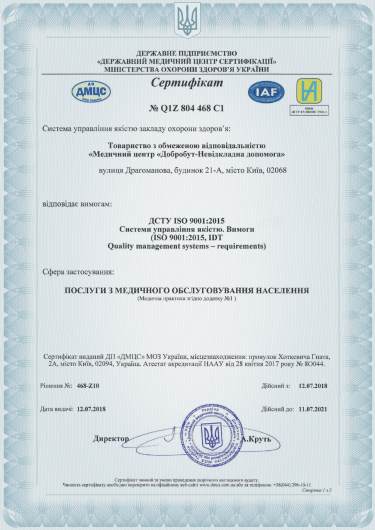
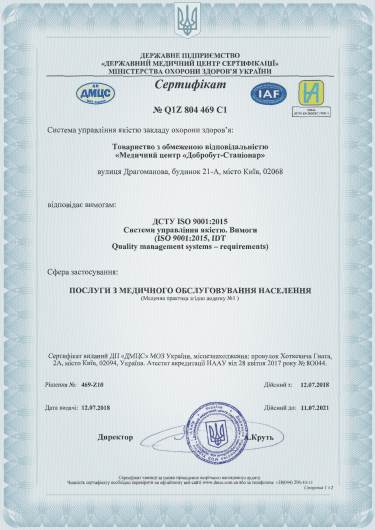
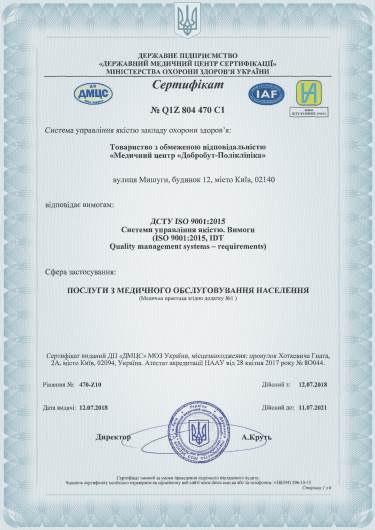
Accreditation certificates
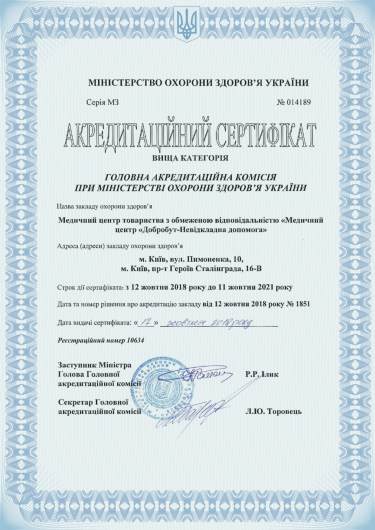
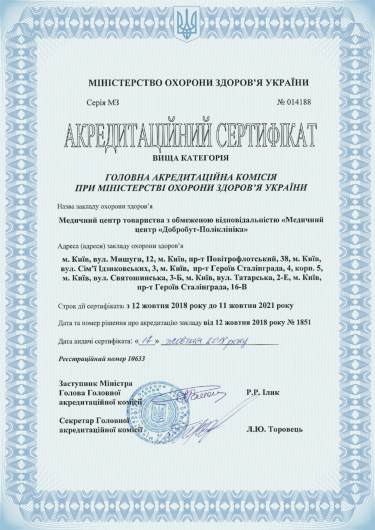

Medical practice licenses
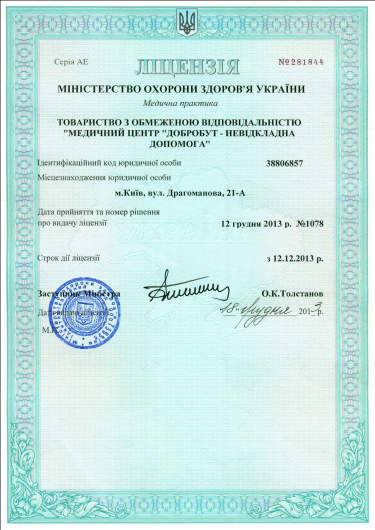
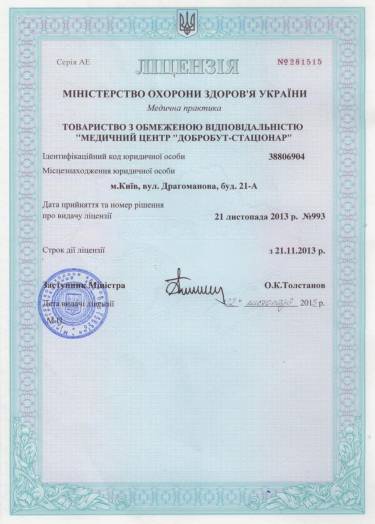



%402x.png)
%402x.png)
